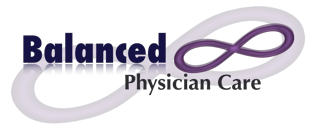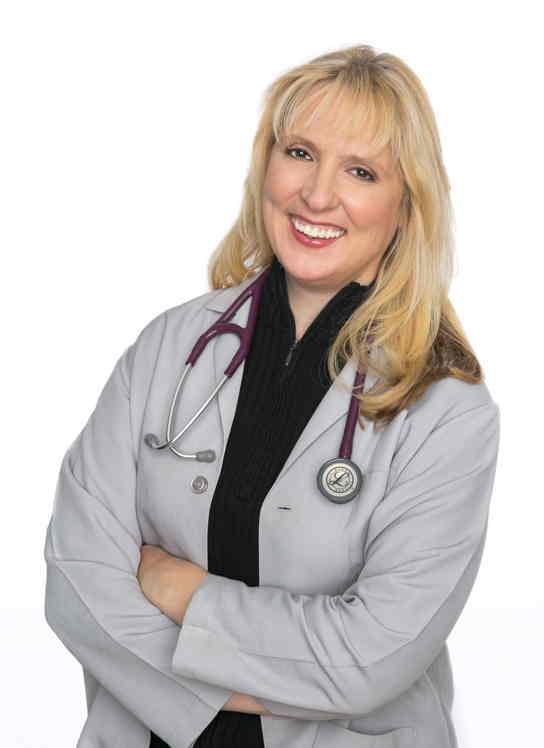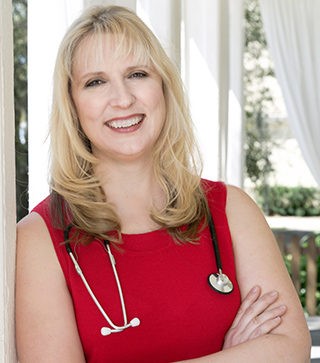Personal Healing Space: Getting Your Environment to Work for You
Have you ever walked into a room and instantly felt better? Have you ever asked yourself why? Surprisingly, medical science has asked these questions too.
Most of us understand stress and the stress response. When we perceive stress from any direction, at home, at work, on the road, or in a negative interaction with another person, our bodies pump our nerve chemical and hormones such as cortisol. Most of us probably don't realize that just place and location can trigger either this stress response or even better place can trigger the opposite, a more calming response.
Ester Sternberg (Sternberg, 2014) has shown that design can greatly influence what response get produced this not only includes structure, but sights, sounds, smalls and layout of the environment. Why not surround yourself with a healing space? Here is the top scientifically accepted components of creating a healing space in your home or office.
- Access to Nature - While a window overlooking nature is best. Just pictures or a TV moving through nature pictures will enhance the environment
- Light - Our bodies area very cued into light and times of day. Having pleasant lighting as close to the natural light spectrum as possible will be calming the enviornemnt.
- Good Air Quality - Looking at eliminating anything that would create poor air quality. Our senses are cued into what may be harmful to us, an air purifier can be helpful.
- Privacy - Excess noise can be distracting, so
- Places for Social Support - While times for privacy are important, we thrive on social connection. Providing a corner for warm social interaction will strengthen the healing feel of the space.
- Positive or pleasant distractions - Allowing a place for the mind to be busy in a pleasant pursuit of mindfulness will keep a calm association with the space. Having puzzles, coloring mandalas, Zen Sandboxes or a labyrinth to follow are all possibilities to let the mind know it can rest in a pleasant place away from emotional
Looking for simple ways to lift the healing in your life can be powerful in reducing anxiety and stress. If you are interested in learning more about the science behind these recommendations I highly recommend Ester Sternberg's book, Healing Spaces. Look at creating your own healing space today!
Optimize Your Health, Simplify Your Life,
Dr Sharyl Truty MD



















